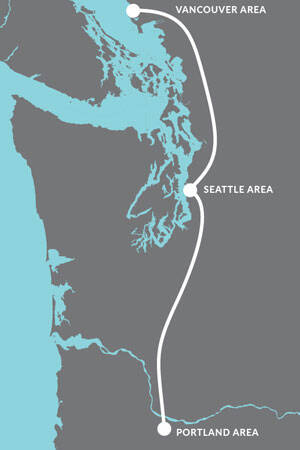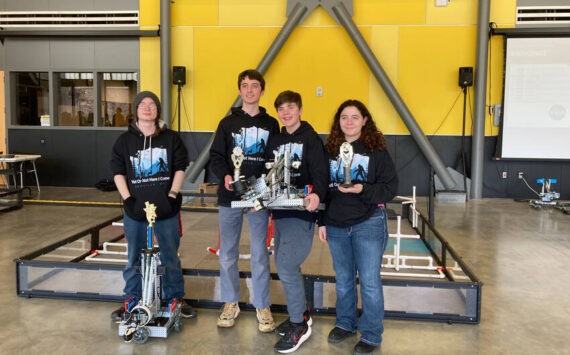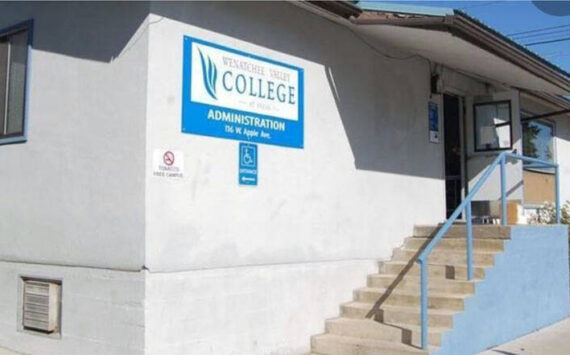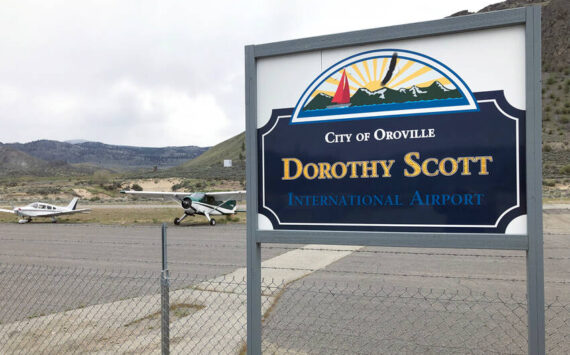By TJ Martinell | The Center Square
(The Center Square) – In 2016, Washington state Gov. Jay Inslee and British Columbia Premier Christy Clark signed a memorandum of understanding to explore the idea of an ultra high-speed rail line connecting Vancouver, B.C. to Seattle and Portland to promote greater regional economic ties and potentially address housing unaffordability.
Eight years and millions of dollars later, the Washington State Department of Transportation is now halfway through the development phase, and in the process of completing the initial step of a three-step corridor planning program necessary before other processes can proceed. The Corridor Identification and Development, or CID, program is being funded by a $500,000 grant from the Federal Railroad Administration, which was awarded to the Washington State Department of Transportation in December.
Since 2016, the Washington state Legislature has invested millions of dollars in the project, which includes:
- $300,000 for a feasibility study
- $750,000 for a business impact study
- $224,000 for a framework report
- $4 million for “additional analysis and development”
Additionally, the Legislature in 2022 allocated $150 million from Climate Commitment Act revenue to match potential federal grant opportunities.
The ultra high-speed rail line is seen by proponents as a way to address population growth over the next 16 years. By 2050, an estimated 3 to 4 million new residents are expected to live in the Cascadia region. One argument in favor of the rail line is that it will allow residents to buy homes in more affordable areas but still be able to commute to cities with greater employment opportunities.
Cascadia High-Speed Rail and Interstate 5 Program Administrator Ron Pate said at the Washington State Transportation Commission’s Tuesday, May 14 meeting that “No one’s saying that a high-speed train is going to replace I-5 or any of those systems, but we also need to look at that as an option of how it can support movement throughout the region.”
He added that “it’s not just growth that’s going to impact the need for investments. We need to look at seismic risk.”
Once the CID program is completed, the rail project will then have to complete several environmental review processes, including the National Environmental Policy Act as well as the Canadian Environmental Assessment Act. Then the project will undergo an engineering design and risk assessment before a funding and financing model is developed.
The project will also be subject to the newly-enacted Healthy Environment for All, or HEAL, Act, which “establishes environmental justice requirements under state law and outlines how state agencies should consider environmental justice in their work.” It also “places an emphasis on the prioritization of vulnerable populations and overburdened communities.”
Among the many steps left to complete the plan is how to incorporate the rail line into the I-5 corridor. Reports are due to the Legislature by December.






